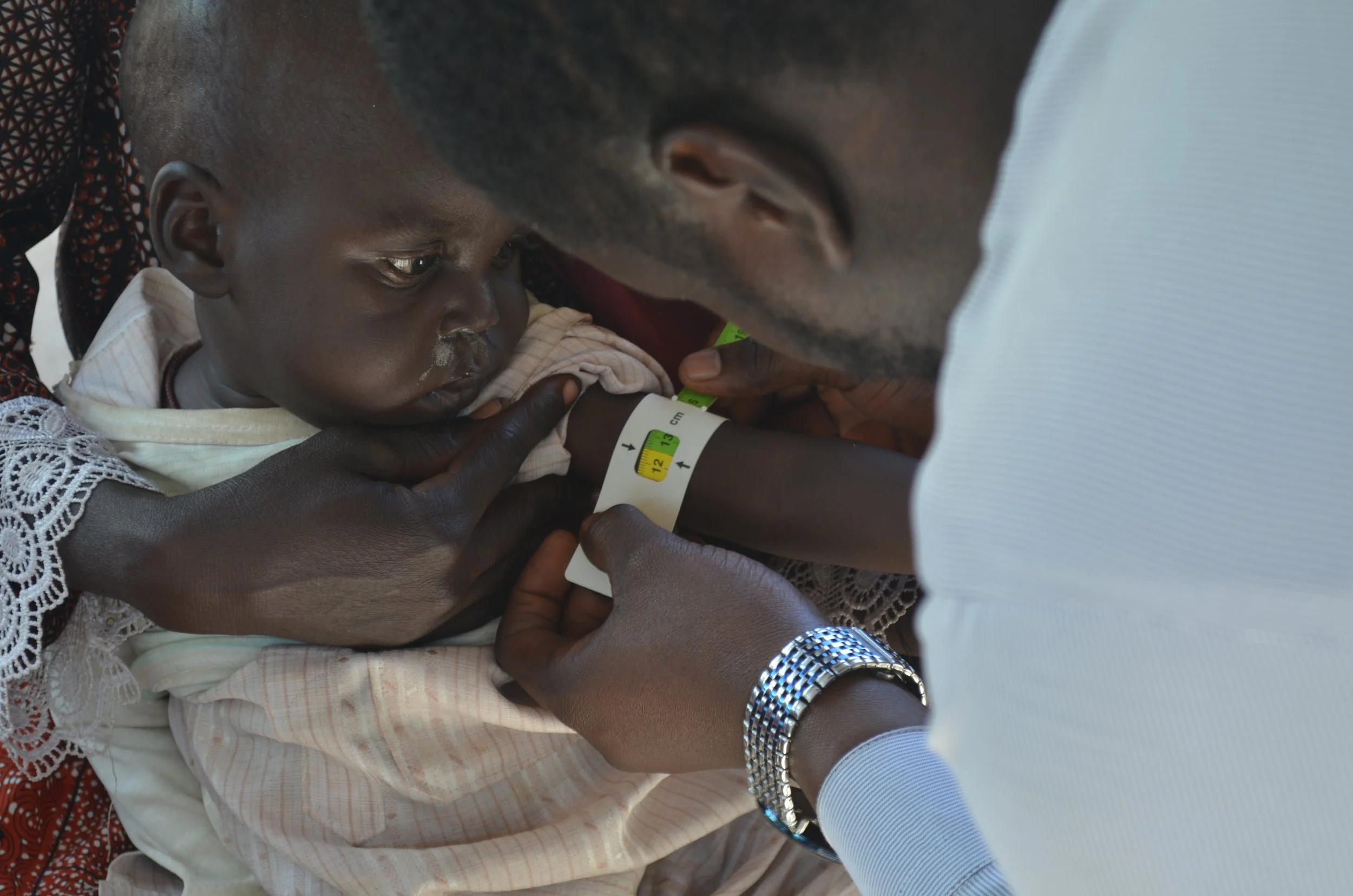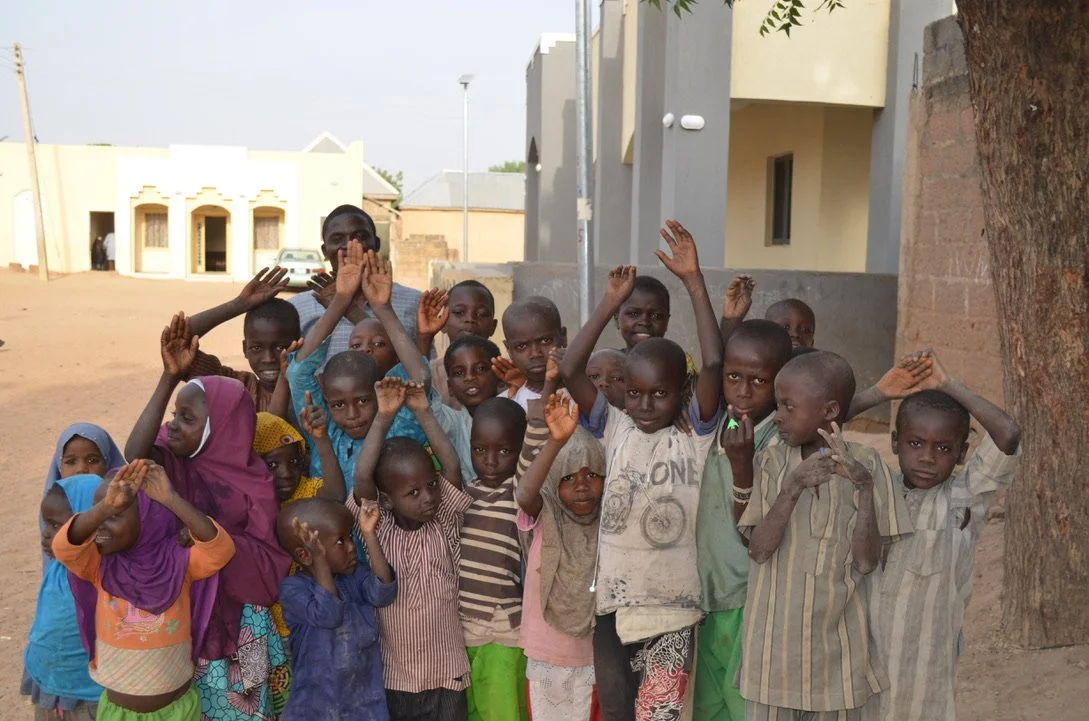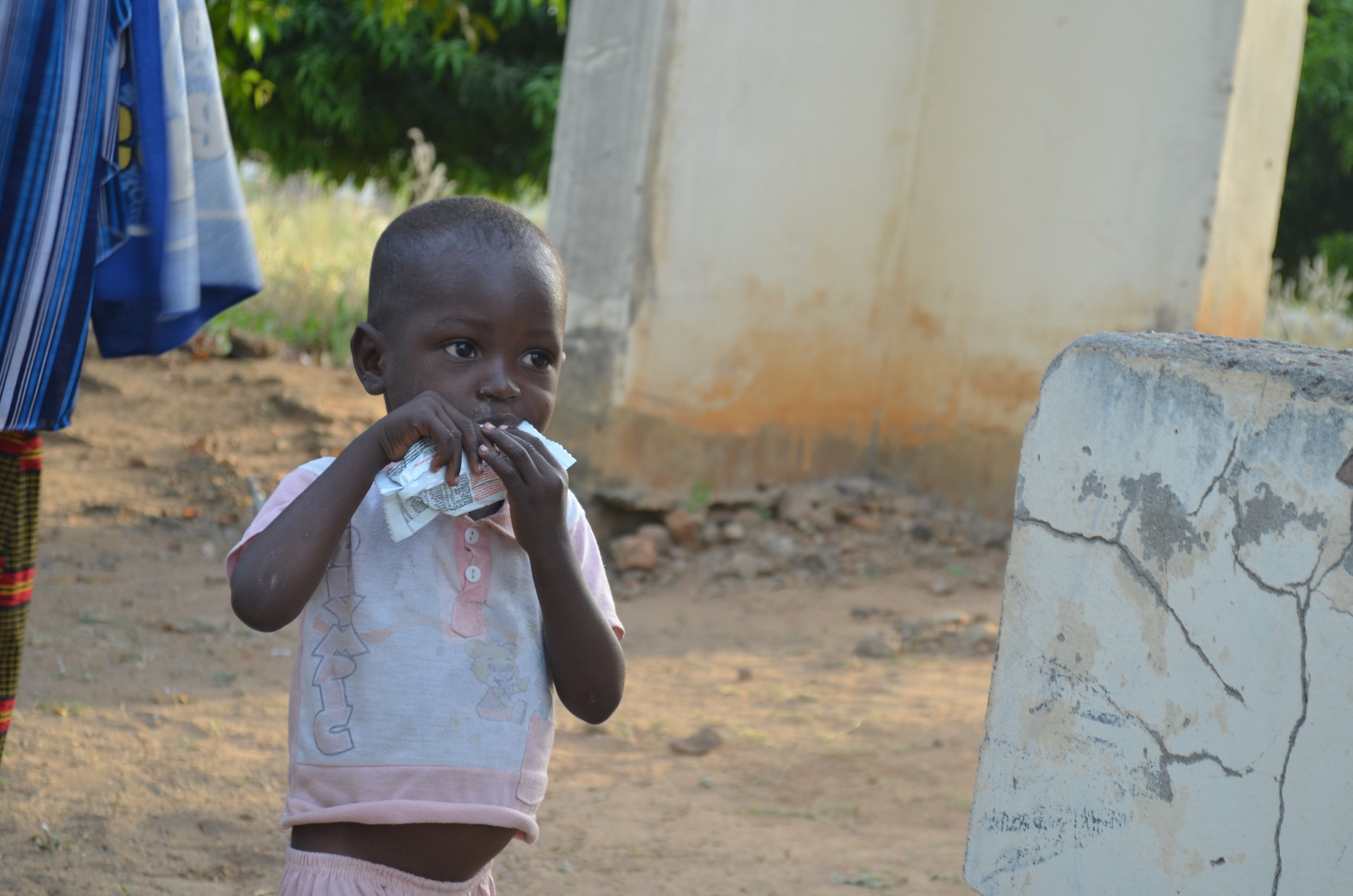
Our model saves the lives of children with acute malnutrition.
Taimaka’s mission is to do the most good per dollar possible.
Because malnutrition is so deadly for children and our model is so cheap, it’s one of the best bangs for your buck in terms of impact.
Why childhood
malnutrition?
Acute malnutrition is the world’s deadliest disease for children.
Every year, 3.1 million children die from acute malnutrition globally. Those that survive suffer from life-long setbacks to their immune systems, neurodevelopment, and educational potential.
The worst part is –
treatment is effective, but too expensive.
Over 20 years ago, public health experts developed an effective model for treating childhood malnutrition. The problem is – it’s far too expensive. These options rely on nurses and doctors who are often located in facilities far from the communities who need them most.
The clinically complexities and high costs ($251+ per child) of these legacy treatment options mean that more than 75% of children go untreated.
Our model makes treatment more cost-effective and scalable.
We leverage community health workers (CHWs), whom we support with a digital guide, and cutting edge public health research to reduce the costs of treatment by over 50%.
We’ve proven our model by treating thousands of children in healthcare facilities across Gombe State, Nigeria in partnership with the state government.
How It Works
We know that it works. Check out our live data to see for yourself.
Our digital triage tools not only ensure quality of care – they allow us to capture real-time information about every child in our program. We leverage this data to continuously improve our program in search of even greater cost-effectiveness.
Explore Patient Journeys
-
Giden was quickly enrolled in our nutrition program because of his low weight (for his height) and low mid-upper arm circumference (MUAC).
When our CHWs routinely took his temperature, they discovered a fever and tested him for malaria, which turned out positive. Because he didn't have any symptoms of complicated malaria, our CHWs were able to prescribe him anti-malarial medication (ACTs) and send him home, without hospitalization.
Gideon's malaria resolved at home with treatment and he returned for six weekly visits until his MUAC and weight returned to healthy measurements.
-
Hadiza arrived at one of Taimaka's nutrition clinics dangerously underweight and suffering from intractable vomiting.
Our community health workers (CHWs) instantly realized that she needed emergency treatment and helped Hadiza and her mother transfer to one of our hospital wards, which we co-manage with the Gombe State Government.
A little over a week later, Hadiza was discharged from the hospital as stabilized. She returned to our nutrition clinic, where she attended nine weekly visits until she gained over 2kg - returning her to a healthy weight.
-
Abubakar was 17 months old when his mother brought him into our clinic in Deba, Gombe. We immediately admitted Abubakar for very low weight for his height (WFH). He weighed just 6.6kg, when a normal child of his height should have weighed 9kg.
In addition to malnutrition, Abubakar had an ear and eye infection. One of Taimaka's community health workers (CHWs) prescribed him a routine antibiotic, as well as two specialized medications to treat his infections.
Over the next 7 visits, Abubakar gained 2.6kg and his infection resolved, allowing us to discharge him as recovered.
Note: Patient names and ID’s are changed to protect patient privacy, but the health information matches a real child in Taimaka’s program.






